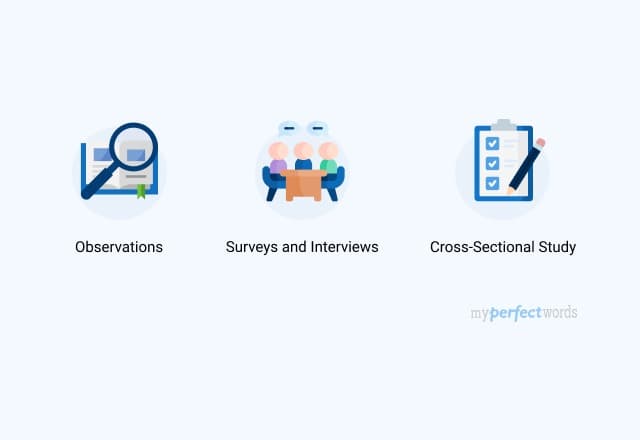

Ever had a tough time with quantitative research? You're not alone!
Quantitative research is the process of collecting and analyzing numerical data to understand and study various phenomena using statistical methods. Many find this tedious process tricky.
But don't worry!
Our complete guide is here to guide you through the important steps and tricks to handle writing a quantitative research paper with confidence. We've even added some examples to make it easier.
So, let's dive in and learn together!
On This Page![]()
- 1. Quantitative Research Definition - What is Quantitative Research?
- 2. Data Collection in Quantitative Research
- 3. Data Analysis in Quantitative Research
- 4. Types of Quantitative Research Methods for Students and Researchers
- 5. Types of Data Collection Methodologies in Quantitative Research
- 6. Quantitative vs. Qualitative Research
- 7. Advantages and Strengths of Quantitative Research
- 8. Disadvantages and Weaknesses of Quantitative Research
Quantitative Research Definition - What is Quantitative Research?
Quantitative research involves gathering and studying numerical data. Its applications include identifying trends, making forecasts, testing cause-and-effect links, and drawing broader conclusions applicable to larger groups.
In this method, researchers employ tools such as surveys, experiments, and observations to gather data. Whereas in qualitative research, you deal with non-numeric data, such as text, video, or audio.
Quantitative research is extensively applied in natural and social sciences, including biology, chemistry, psychology, economics, sociology, and marketing, among others.
Characteristics of Quantitative Research
Here are some distinct quantitative research characteristics:
- Large Sample Sizes: Quantitative studies often involve larger sample sizes, allowing for more robust statistical analyses and generalizability of findings.
- Statistical Analysis: Statistical techniques and tools are extensively used to analyze data, unveiling patterns, relationships, and significance.
- Objective and Replicable: Quantitative research aims for objectivity and replicability. Other researchers should be able to conduct the same study and obtain similar results.
- Closed-Ended Questions: Surveys and questionnaires typically use closed-ended questions with predefined response options, making data analysis more straightforward.
- Quantifiable Variables: Researchers identify and measure variables that can be quantified, such as age, income, or test scores, for precise analysis.
- Hypothesis Testing: It often involves testing research hypotheses and making inferences about populations based on sample data.
- Cross-Sectional or Longitudinal: Studies can be cross-sectional (data collected at a single point in time) or longitudinal (data collected over an extended period).
- Generalizability: Quantitative research seeks to generalize findings from a sample to a larger population, provided the sample is representative.
These characteristics make quantitative research different from qualitative research.
Data Collection in Quantitative Research
Data collection is the systematic process of gathering information for research purposes. It is a critical starting point, ensuring that the information gathered is relevant, accurate, and comprehensive.
- Structured Instruments - Quantitative research typically employs structured instruments like surveys and questionnaires. These tools ensure consistency in data gathering by posing the same set of questions to each participant.
- Sampling Methods - Researchers use various sampling techniques, such as random sampling, stratified sampling, or convenience sampling, to select a representative group from the target population.
- Objective Observation - Data collection often involves objective observations of phenomena. This may include recording numerical data, such as counting occurrences or measuring attributes.
- Experimental Control - In experimental research, control over variables is essential. Researchers manipulate one or more variables to observe their impact on the outcome, maintaining control over external factors.
Data Analysis in Quantitative Research
Data analysis is the second important aspect of quantitative research. After collecting the data, the data is analyzed with statistical methods. When analyzing, it is important that the results are relevant and related to the objective and aim of the research.
Below are some common statistical analysis methods that are used to analyze the collected data.
- SWOT Analysis - It stands for Strengths, Weaknesses, Opportunities, and Threats. Businesses use this kind of analysis to evaluate their performance and develop appropriate strategies.
- Conjoint Analysis - This kind of analysis helps businesses to identify how customers make difficult purchasing decisions. The businesses involved in direct sales and purchases know this and use the analysis to make the decisions.
- Cross-tabulation - A preliminary statistical analysis helps understand patterns, trends, and relationships between the various factors of the research.
- TURF Analysis - It stands for Totally Unduplicated Reach and Frequency Analysis. It is conducted to collect and analyze the data and responses of a chosen or favored target group.
Afterward, other methods like inferential statistics could be used to gather the results.
Types of Quantitative Research Methods for Students and Researchers
‘What are the four types of quantitative research?’
Quantitative research has four distinct types, and all four of them are regarded as primary research methods. Primary quantitative research is more common and useful than secondary research methods.
It is mainly because, in them, the researcher collects the data directly. He does not depend on previous research and collects the data from scratch.
Below are the four types of quantitative research methods.
Survey Research
This type of research is conducted through means of online surveys, online polls, and questionnaires. A group of people is chosen for the survey, and the method is used by big and small organizations and companies. They use it to understand their customers better.
Ideally, the survey is done through face-to-face meetings and interviews. Now, it is conducted through various online methodologies. Below are the common types of surveys.
- Cross-Sectional Survey - This research is conducted on a selected group of people at a certain point in time. The researcher evaluates several things. The selected group of people has similarities in all aspects except the ones chosen by the researcher.
This kind of research is used for industries like retail, small-scale businesses, and healthcare industries. - Longitudinal Survey - This research is based on observing a specific group of people for a set duration. The duration could be days, months, or even years. The researcher observes the change in behavior of the selected group of people.
This kind of research is used in the fields of applied sciences, medicine, and marketing.
Correlational Research
Correlational research is conducted to identify the relationship between two entities. These entities must be closely related and have a significant impact on each other.
This research is conducted to identify, evaluate, and understand the correlation between the variables and how they depend on each other.
The researchers use mathematical and statistical methods to understand this correlation. Some factors that they consider include relationships, trends, and patterns between these variables.
Sometimes, the researchers make changes in one of the variables to notice the effect on the other one.
Causal-comparative Research
This research is also known as quasi-experimental research. It is based on the cause and effect relationship between the two variables. Here, one of the variables is dependent on the other one, but the other one is independent. The researcher does not change the independent variable.
The research is not limited to statistical analysis only but includes other groups and variables also. The research could be conducted on the variables, no matter the kind of relationship they have. The statistical analysis method is used to acquire the results.
Experimental Research
This kind of research is based on proving or contradicting a theory or statement. It is also known as true experimentation and is usually focused on single or multiple theories.
The respective theory is not proven yet, and the research method is commonly used in natural sciences.
There could be some theories involved in this research. Due to this, it is more common in social sciences.
Types of Data Collection Methodologies in Quantitative Research
After determining the kind of research, finding the right data collection method is the most important step. Data could be collected through both the sampling and surveys and polls method.
Sampling Data Collection Method
In quantitative research, two types of sampling methods are used: probability and non-probability sampling.
1. Probability Sampling
The data is collected by sifting some individuals from the general population and creating samples. The individuals, data samples are chosen randomly and without any particular selection criteria.
Probability sampling is further divided into the following kinds.
- Simple Random Sampling - This kind of data selection is the simplest one, and the participants are chosen randomly. This kind of sampling is conducted on a large population.
- Stratified Random Sampling - In this sampling, the population is divided into several groups and strata. The participants for the research are chosen randomly from those groups.
- Cluster Sampling - In cluster sampling, the population is divided into several clusters based on geography and demography.
- Systematic Sampling - In this, the samples from the population are chosen at regular intervals. These intervals are predefined, and usually, they are calculated based on the population or size of the target sample.
2. Non-Probability Sampling
In this kind of data collection, the researcher uses his knowledge and experience to choose the samples. The researcher is involved and has a set of criteria. Due to this, not all individuals have the chance to be selected for the research.
Below are the main types of non-probability sampling frameworks.
- Convenience Sampling - These kinds of samples are probably the easiest to obtain. They are chosen only because they are the easiest ones to obtain. They are usually closer to the researcher, and these samples are easy to work with because there are no rigid parameters.
- Consecutive Sampling - This is similar to convenience sampling, but the researcher could choose a specific group of people for his research. The researcher could repeat the process with other groups of samples.
- Quota Sampling - The researchers select some specific elements based on the researcher’s target personalities and traits. Based on this, different individuals in the groups have equal chances of getting selected.
- Snowball Sampling - This kind of sampling is done on a target audience or a chosen group that is difficult to contact. In this, the chosen group is difficult to put together.
- Judgemental Sampling - This kind of sample is built based on the researcher’s skills, experience, and preferences.
Survey and Polls Data Collection Method
After the sample or group is chosen, the researcher could use polls or surveys to collect the required research data.
In this kind of research, the data is collected from a selected group of people. The data is used to identify new trends and collect information about different things and topics. Through the survey, the researcher could reach a wider population.
Based on the time allocated for the research, it could be used to collect more information and data.
When creating questions and options for the survey, the researchers use four measurement scales or criteria. These four parameters include nominal, interval, ordinal, and ratio measurement scales. Without them, no multiple-choice questions could be created.
The questions used for the survey must be close-ended. These could be a mix of different kinds of questions, and the responses could be analyzed through different rating scales.
After creating the survey, the next thing is to distribute it. Below are some of the commonly used survey distribution methods.
- Email - The most common method of distributing the survey is email management software to dispense the survey to your selected participants.
- Buying the Respondents - This is also a quite famous and widely used survey distribution method. Select the respondent and have him respond to the survey. Since the respondents would be knowledgeable, they will help in maximizing the results.
- Embedding the Survey on a Website - This is a great way of getting more responses and targeted results. Embedding the survey on a website works because the researcher is at the right place and close to the brand.
- Social Distribution - Distributing the survey through a social media platform helps collect more responses from the right audience.
- QR Code - The survey is stored in the QR code, and it is printed in magazines or on business cards.
- SMS Survey - It is the most convenient way of collecting more responses and data.
Like surveys, polls are also used to collect the data. It also has close-ended quantitative research questions, and election and exit polls are commonly used in this survey.
Quantitative vs. Qualitative Research
Quantitative and qualitative research are major kinds of research. They are mainly used in the subjects that follow detailed research patterns. How does it differ from quantitative research?
Below is a detailed comparison of the two kinds of research.
Aspect | Quantitative Research | Qualitative Research |
Research Focus | Objective, numerical data, facts, and statistics. | Subjective, in-depth understanding, context, and narratives. |
Typically, structured and closed-ended questions. | Open-ended questions, exploring meanings and experiences. | |
Data Collection Methods | Surveys, experiments, structured observations. | Interviews, focus groups, unstructured observations. |
Sample Size | Larger samples for statistical analysis. | Smaller, purposeful samples for in-depth insights. |
Data Analysis | Statistical analysis, quantifiable results. | Thematic analysis, content analysis, narrative interpretation. |
Generalization | Generalization to larger populations is common. | Emphasis on context, often limited generalization. |
Researcher's Role | Typically detached observer. | Often an active participant, interacting with subjects. |
Want to know more about the differences between these types of research? Check out this extensive read on qualitative vs. quantitative research to get more insights!
Advantages and Strengths of Quantitative Research
Quantitative research offers several advantages to researchers. Some of the main reasons why researchers use this kind of research are discussed below:
- The Data Can Be Replicated - The research and study could be replicated. The data collection methods and definitions of the concepts are clear and easy to understand.
- The Results Can Be Compared Easily - The same study could be conducted in different cultural settings and sample groups. The results could also be compared statistically.
- Usage of Large Samples - Data and information from large samples could be processed and analyzed using different research procedures.
- Hypothesis Could be Tested - The researcher could use formal hypothesis testing. He could report the data collection, research variables, research predictions, and testing techniques before forecasting and establishing any conclusion.
- The Data Collection is Quick - The data could be collected easily and from a wider population. The usage of statistical methods and conducting and analyzing results is also easy and to the point.
- The Data Analysis is Inclusive - Quantitative data and research offer a wider population for sampling. They could be analyzed through research and analysis procedures.
Due to all of these advantages, researchers prefer using this kind of research method. It is easy to sample, collect, and analyze data and repeat the procedure easily.
Disadvantages and Weaknesses of Quantitative Research
Despite the benefits for the researchers, quantitative research design has some limitations. It may not be suitable for more complex and detailed kinds of topics.
Below are some common quantitative research limitations.
- Superficial - since the research includes limited and precise research samples. In quantitative research, the research is presented in numbers. They could be explained in detail through qualitative data and research.
- Limited Focus - the focus is narrow and limited, and the researcher would have to ignore other relevant and important variables.
- Biased Structure - structural biases could exist and affect sampling methods, data collection, and measurement results.
- Lack of Proper Conditions - sometimes, quantitative research may not include other important factors to collect the data.
Due to these reasons, quantitative research is not an ideal choice for detailed kinds of research. For them, qualitative research works better.
To help you further, we have added some useful examples of quantitative research here.
Quantitative Research Examples
Below are some helpful quantitative research examples to help you understand it better.
Now that you've got the hang of how to do quantitative research and why it's valuable, you're all set to begin your research journey.
The qualitative research method shows the idea and perception of your targeted audience. However, not every student is able to choose the right approach while writing a research paper. It requires a thorough understanding of both qualitative research and quantitative research methods.
This is where the professional help from MyPerfectWords.com comes in. Trust us with your 'do my paper' requests at affordable rates.
Contact our customer support and place "write my research paper" order today!

Write Essay Within 60 Seconds!
Use our AI tool to generate high quality essay
WRITTEN BY
Nova A.
Nova Allison is a Digital Content Strategist with over eight years of experience. Nova has also worked as a technical and scientific writer. She is majorly involved in developing and reviewing online content plans that engage and resonate with audiences. Nova has a passion for writing that engages and informs her readers.
Keep reading
Research Paper Writing - A Step by Step Guide
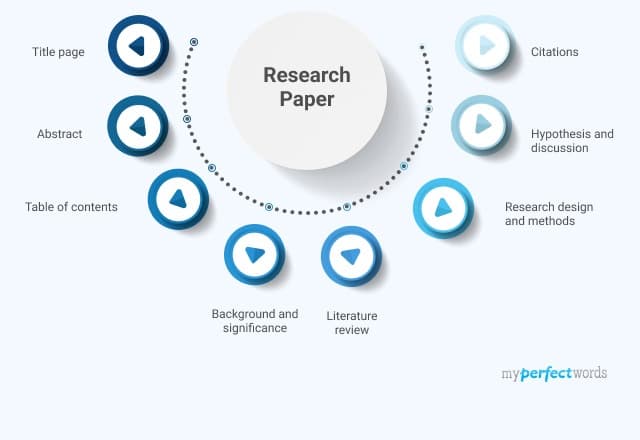
Research Paper Examples - Free Sample Papers for Different Formats!

Guide to Creating Effective Research Paper Outline
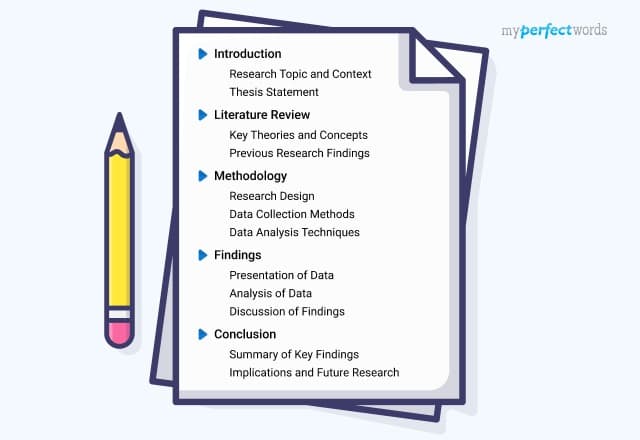
A Catalog of 300+ Research Paper Topics
-9352.jpg&w=828&q=75&dpl=dpl_3K28y8SfT8aAuNrz179WcGMeaV7y)
Research Proposal Writing - A Step-by-Step Guide

How to Start a Research Paper - 7 Easy Steps
-9374.jpg&w=828&q=75&dpl=dpl_3K28y8SfT8aAuNrz179WcGMeaV7y)
How to Write an Abstract for a Research Paper - A Step by Step Guide
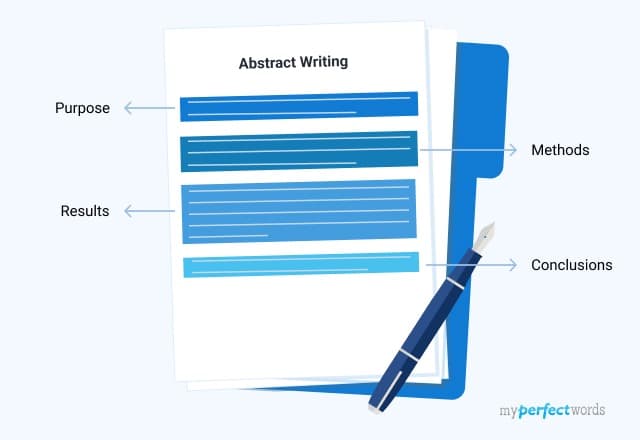
Writing a Literature Review For a Research Paper - A Comprehensive Guide

Qualitative Research - Methods, Types, and Examples

8 Types of Qualitative Research - Overview & Examples

Qualitative vs Quantitative Research - Learning the Basics
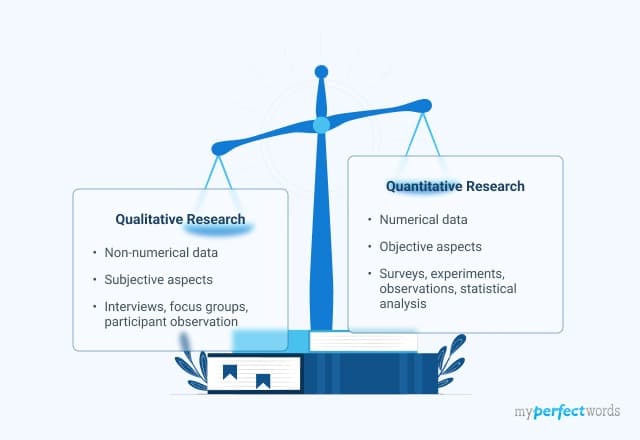
200+ Engaging Psychology Research Paper Topics for Students in 2025
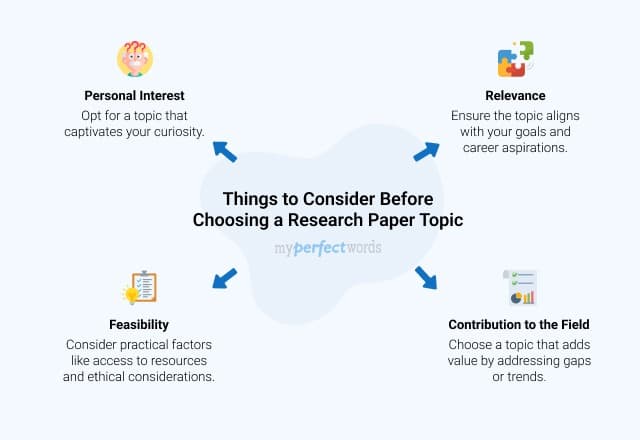
Learn How to Write a Hypothesis in a Research Paper: Examples and Tips!
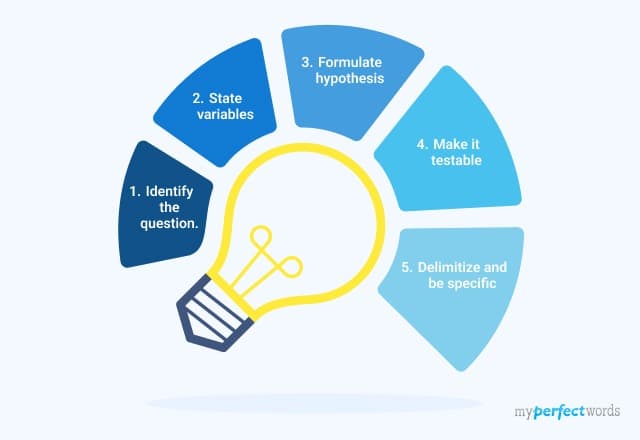
20+ Types of Research With Examples - A Detailed Guide
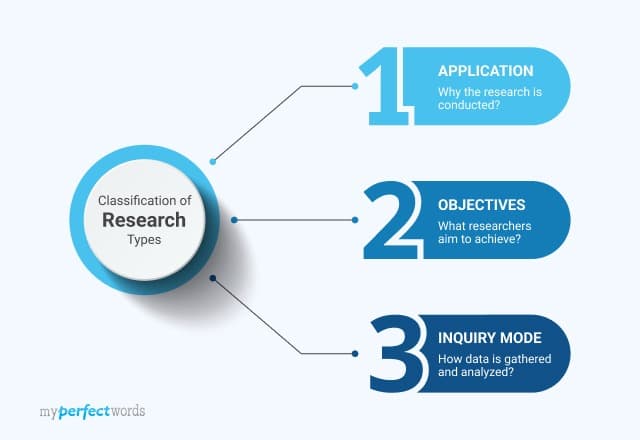
230+ Sociology Research Topics & Ideas for Students
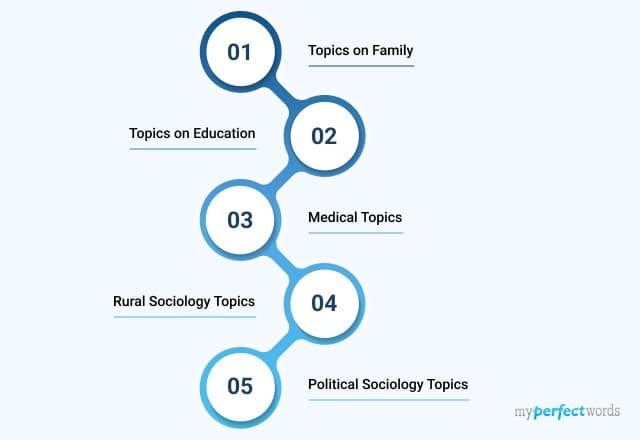
How to Cite a Research Paper - A Complete Guide

Excellent History Research Paper Topics- 300+ Ideas

A Guide on Writing the Method Section of a Research Paper - Examples & Tips
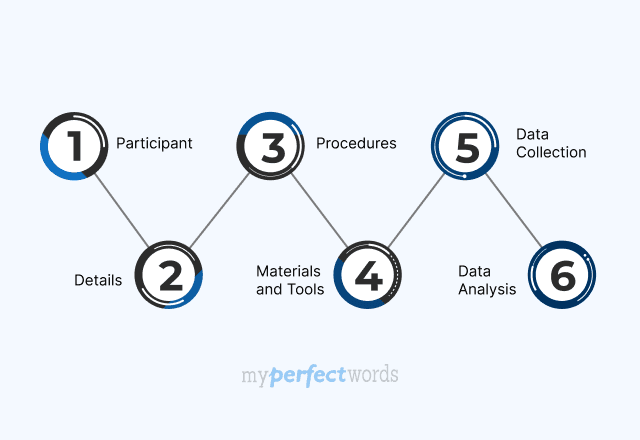
How To Write an Introduction Paragraph For a Research Paper: Learn with Examples
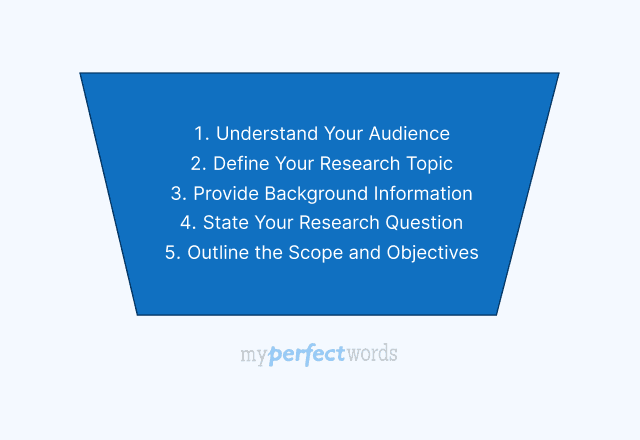
Crafting a Winning Research Paper Title: A Complete Guide
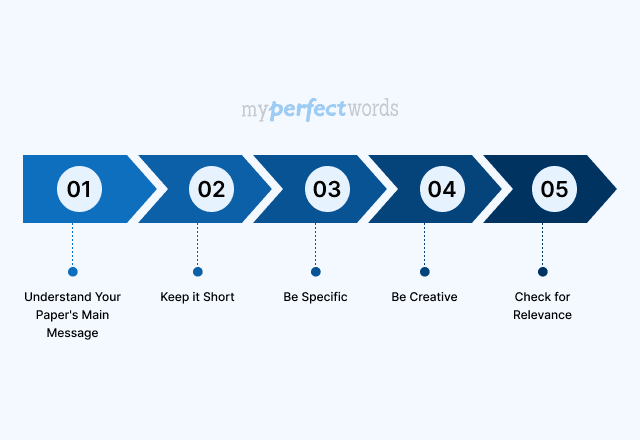
Writing a Research Paper Conclusion - Step-by-Step Guide

Writing a Thesis For a Research Paper - A Comprehensive Guide

How To Write A Discussion For A Research Paper | Examples & Tips
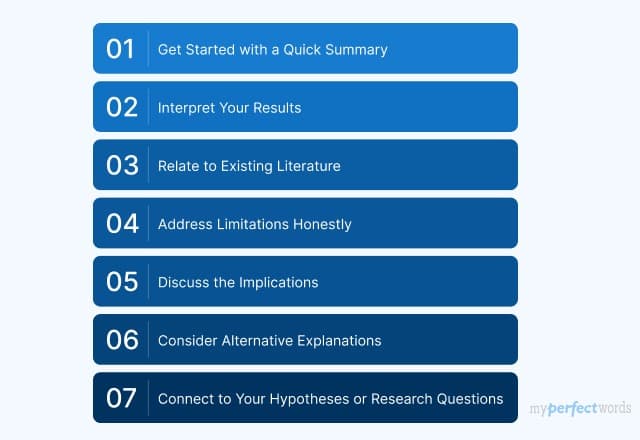
How To Write The Results Section of A Research Paper | Steps & Examples

Writing a Problem Statement for a Research Paper - A Comprehensive Guide
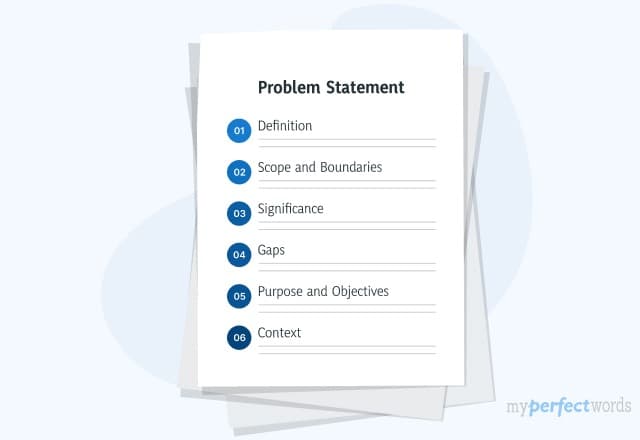
Finding Sources For a Research Paper: A Complete Guide
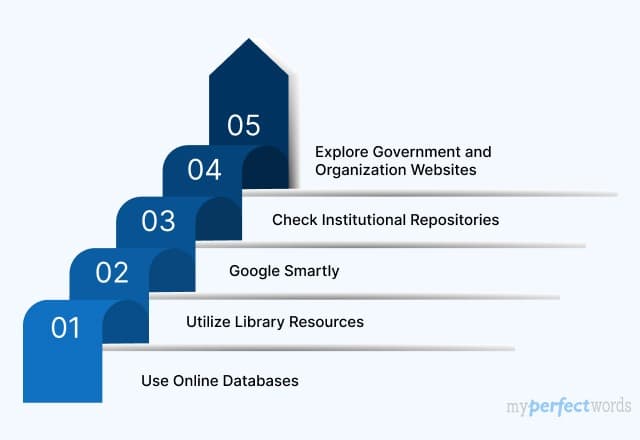
A Guide on How to Edit a Research Paper
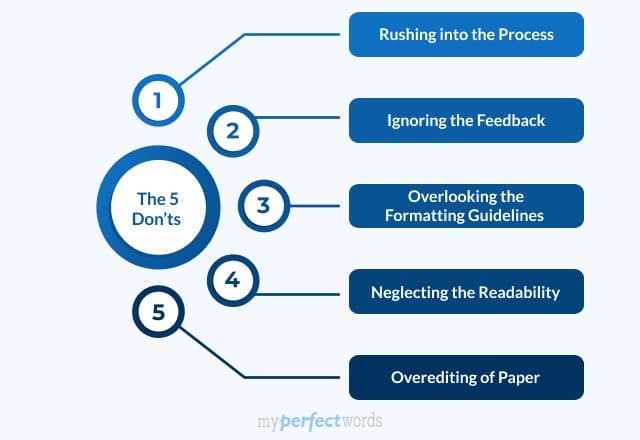
200+ Ethical Research Paper Topics to Begin With (2025)

300+ Controversial Research Paper Topics & Ideas - 2025 Edition

150+ Argumentative Research Paper Topics For You - 2025
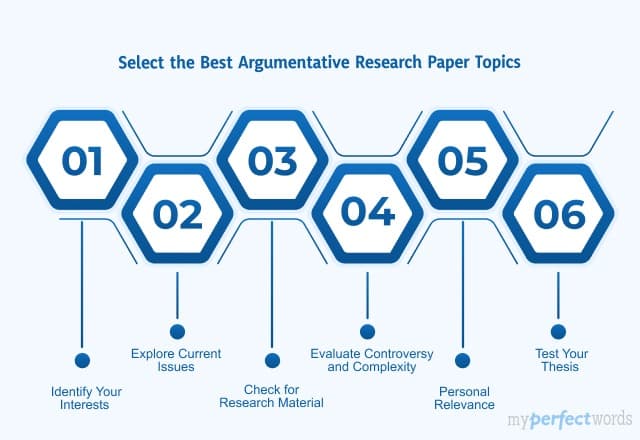
How to Write a Research Methodology for a Research Paper
